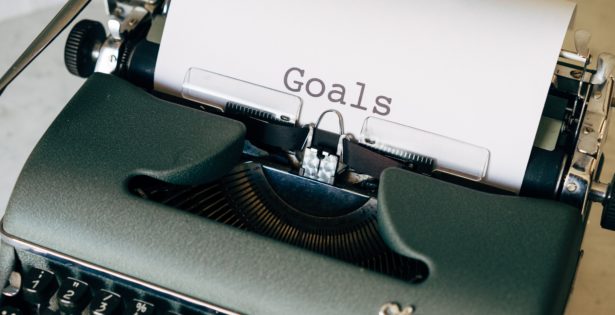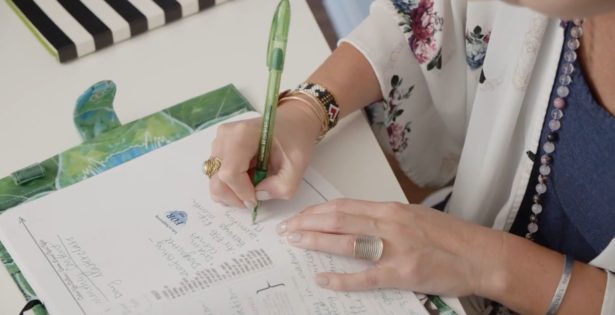As the parents of a teenager, we often find ourselves in a series of conversations called, “When am I Going to Use This in Real Life?” Popular episodes include, “When… Read More
goals
The Main Ingredients in a High Level Quality of Life
When we read about historical figures or people in the news, it’s easy to get the message that it’s big things that make a life exceptional, that the individuals who… Read More
The Antidote: Celebration
In working with the community that has developed around our Dreambook, Briana and I have encountered people looking for many different forms of life-optimization. While there’s plenty of guidance we… Read More
How to Make Your Resolutions More Effective
As 2022 approaches, perhaps your mind has been on certain lifestyle changes you plan to make or some goals you intend to achieve over the next year. It’s important to… Read More
5 Things to Journal About and Why
There is so much research about the benefits of journaling: stress relief, sparks creativity, improves confidence, helps with conflict resolution, improves writing, boosts memory, increases emotional intelligence, helps achieve goals,… Read More
A Fresh Start & A Full Year
When you run a company that produces planners, the first of the year takes on even more importance than it’d normally have. Particularly for our planner, which is so much… Read More
Why Set Goals?
It’s only October, yet if you’re anything like me, you’re already thinking about the holidays and the end of the year. It can be easy to get overwhelmed or feel… Read More
Setting 10 Year Goals When You Can Barely Plan Next Week
At my grandma’s funeral, there were lots of tears and lots of laughs. We shared beautiful memories and shoulders to cry on. She was 91, she had as big of… Read More



 Cart
Cart







